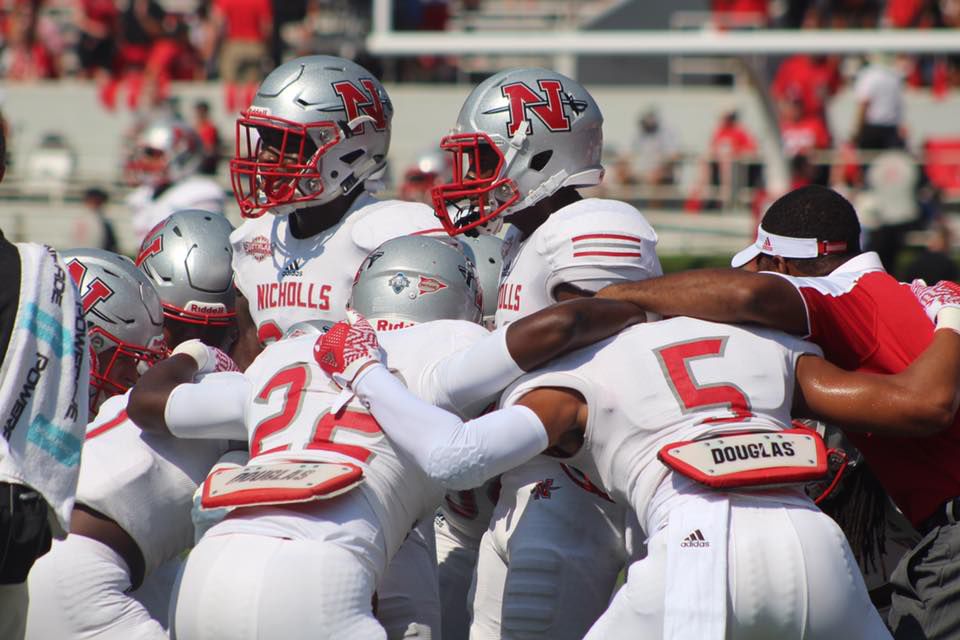
Sharon Kay Lirette
September 27, 2016
Almost Famous: Colonels fall on late-game 2-point try in overtime
September 28, 2016There is an employee at LMOGA that lives in Baton Rouge. The last two times he was faced with buying a new car, he did something that most would do: shop around for the best deal. This resulted in him traveling to another city outside of Baton Rouge the first time, and another state most recently.
I thought of this story when I read the news coverage surrounding the latest Louisiana Legislative Auditor report questioning the severance tax suspension for horizontal wells — particularly in the Haynesville Shale. The thesis of the argument is that the state is losing money with this tax policy.
When you consider the economic impact this oil and gas activity had for the state and her citizens, I think most would agree this was a significant return on the investment. Work began in earnest in 2008 and by 2011. The Haynesville Shale was the highest-producing shale gas play in the United States, producing approximately 5.5 billion cubic feet of natural gas per day. In June 2012, it was reported there were 2,308 active wells and 48 rigs in the Haynesville Shale.
There are many ways in which the argument presented in the report is short-sighted and not considerate of all factors. This report presupposes that oil and gas companies would have flocked to the Haynesville Shale without the tax treatment. I consider that a large and dangerous assumption.
I would hate to pose this scenario to the 90,379 workers who were employed because of this in Louisiana. Shall we consider the homeowners who received $5.7 billion in new income or the $10.6 billion in new business sales? The point is that this incentive was needed and without it there would have been little chance for these successes to be realized.
When the Shale Revolution was at its peak, there were shale formations in more than 10 states. Each shale formation is unique in what natural resources it holds and presents its own sets of challenges and headaches that must be addressed. All of these factors must be considered comprehensively and across all options when an oil and gas company contemplates where to invest their dollars.
Which natural resource is in the formation (and what the commodity price is), and how difficult accessing it could be is beyond a state’s control. However, they can be aggressive in attracting business to attempt to develop these resources through legislative action — like what we have seen in the horizontal well exemption in Louisiana.
Same goes for car buying, or anything else for that matter, in today’s age. The owner has technology and resources never before seen. They can pinpoint exactly what they want anywhere in the world and the retailer can offer as many sweeteners as possible to get the deal done.
Taking the case of my employee’s search for a car, the dealership knew all too well they had to do everything they could to attract his business. It is time Louisiana realize the same thing.






